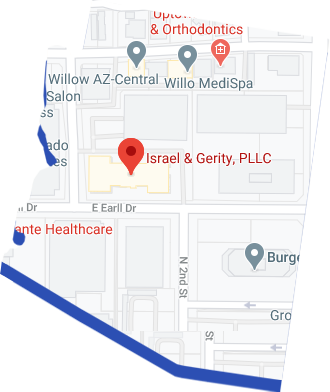Patents
Understanding Patents
A patent is a government-granted property right. Patents (and copyrights) are enshrined in the US Constitution:
The Congress shall have power … To promote the progress of science and useful arts, by securing for limited times to authors and inventors the exclusive right to their respective writings and discoveries
A patent gives the patent owner the right to exclude others from using the invention. Patent owners are not obligated to manufacture anything or use the patent themselves; many businesses are based on creating patents and generating revenue by licensing the patents to others.
Since a patent is a “right to exclude,” patent owners need to be prepared to enforce their patents in court – which can be a very expensive process.
There are three different types of patents: utility, design, and plant. Plant patents are patents on a new form of cultivated or hybrid plant. Design patents cover ornamental designs.
This discussion focuses on utility patents.
Patent Eligibility
To be eligible for a patent, an invention must:
- Be “patentable subject matter.” Not everything is patentable. For example, laws of nature and abstract ideas are not patentable. An invention can be a process, a machine, a manufactured product, or a “composition of matter” (such as a new drug or chemical).
- Be “novel.” If someone has done it before, you can’t get a patent. Relevant earlier inventions are called “prior art.”
- Be “non-obvious.” If the idea is obvious to someone “skilled in the field” it’s not patentable.
- Be “useful.”
Patent Term
Patents are good for 20 years from the earliest patent application filing date.
Many inventors first file a provisional patent application that discloses and protects their invention and only later (up to a year later) file a full patent application. The clock starts running from the initial provisional application date.
Depending on circumstances, there are some extensions that are possible — for example if the patent office takes an unreasonably long time to grant the patent.
Once the patent expires, the invention is public and free for anyone to use.


 (833) 274-4400
(833) 274-4400



